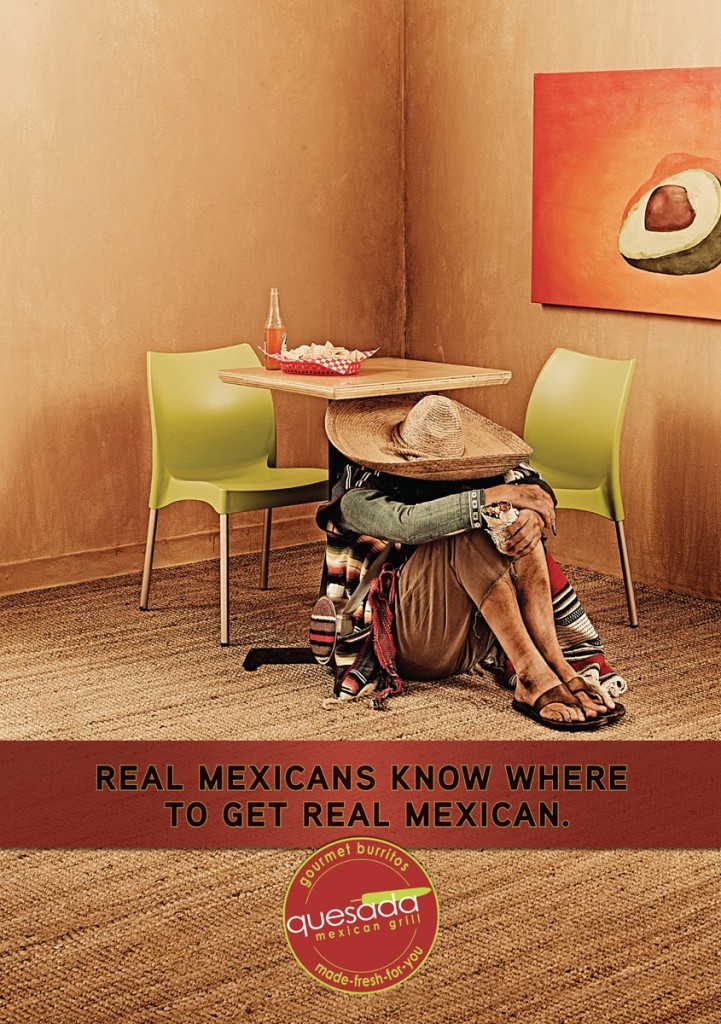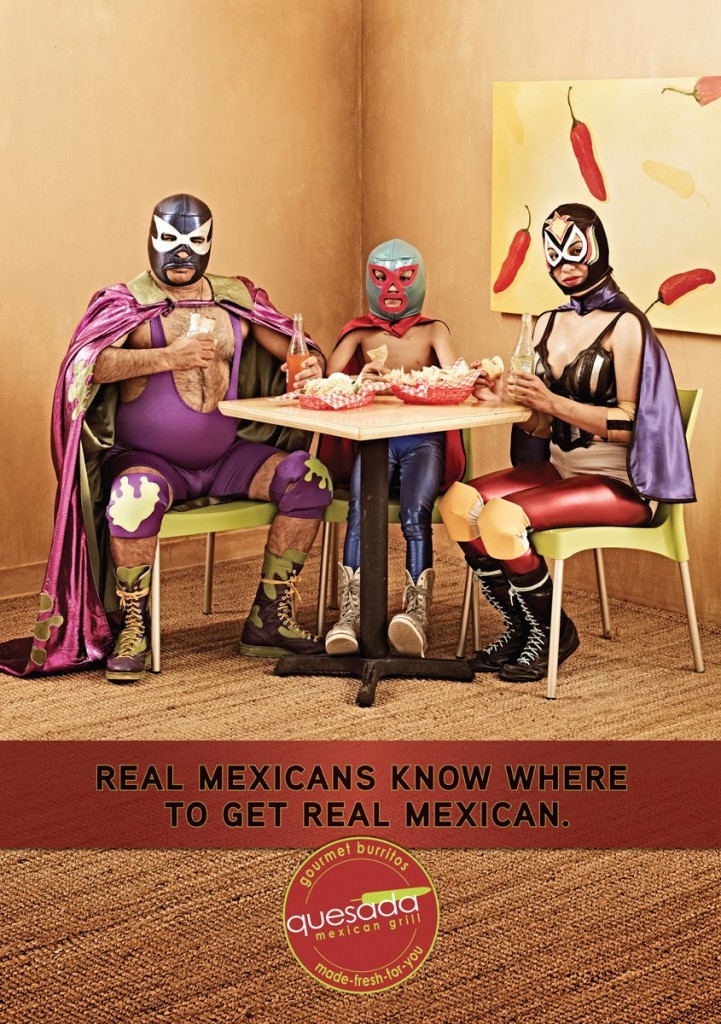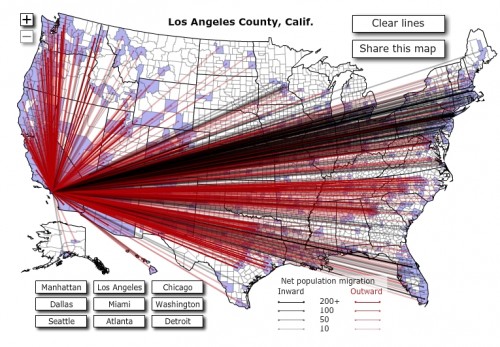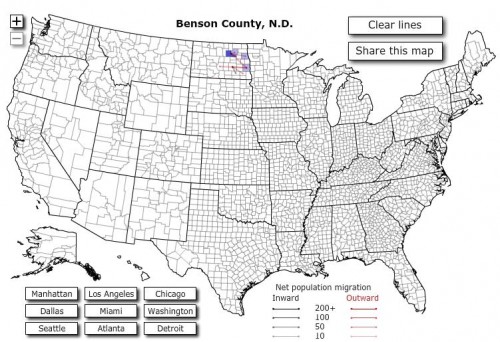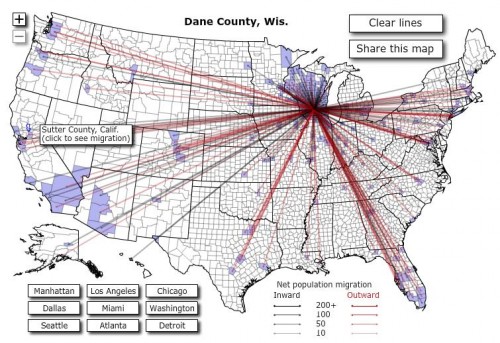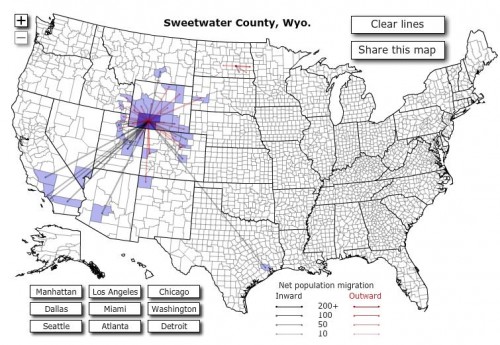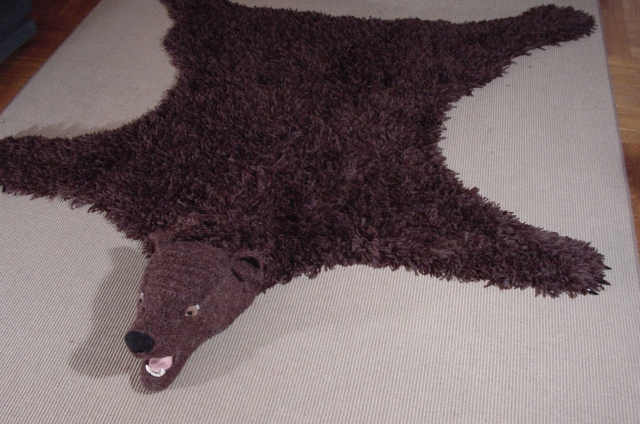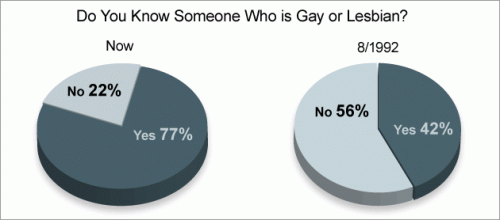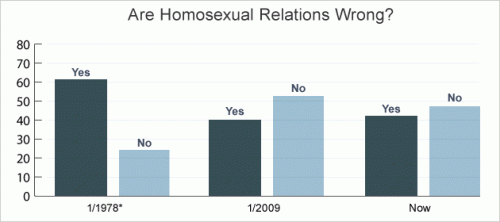Tom Tierney is a famous paper doll artist. Katrin sent along a link to his American Family series. The covers erase all non-white families; apparently American Indian families weren’t “American” enough, nor were the indigenous population of what-would-one-day-be-California, African families during the Civil War era, or the many other non-white people that lived here before and after white people arrived.
Elsewhere on his site, Tierney has paper dolls with non-white characters, but they are always specified (e.g., Famous African Americans Paper Dolls or the new Obama Family). Non-modified, though, “American”= white.
See also our post on how people tried to claim American-ness by claiming whiteness and suing for whiteness.
Lisa Wade, PhD is an Associate Professor at Tulane University. She is the author of American Hookup, a book about college sexual culture; a textbook about gender; and a forthcoming introductory text: Terrible Magnificent Sociology. You can follow her on Twitter and Instagram.



